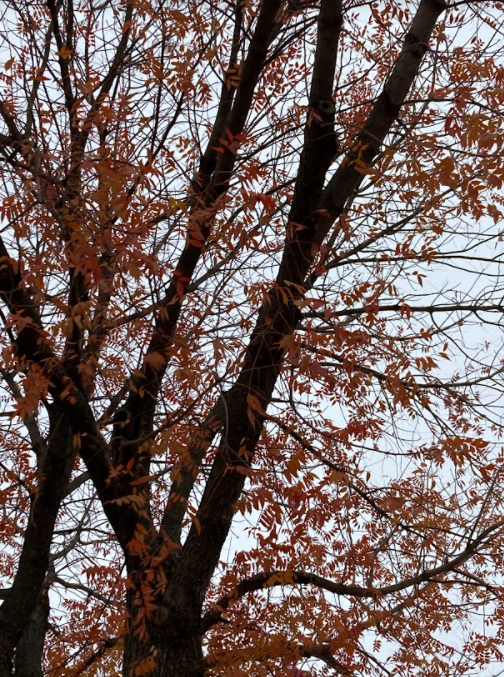It is troubling, or should we say “treeoubling,” that the accepted norm in our cities are single rows of trees lined up like soldiers along a street. Project after project we tell the street tree to embrace the astonishingly small hole and to grow and flourish in the poorest of soil surrounded by hardscape surface. Why do we continually create this brittle ecological environment? To understand how we arrived at the standardized adoption of this simple single species let’s look back centuries ago for answers.
Cities were a function of security and generally treeless until the seventeenth century when European urban innovations designed for public recreation took on new life. The design of the promenade was not a new idea, but combining nature to a public walking space was, and voila! the introduction of planted walkways and streets became integrated into the city. These early plantings were not only decorative, but functional as well, providing shade and spatial definition.
Most early colonial American cities were more utilitarian and modest with the plantings of trees to provide fruit. It was later that Europe’s urban planning patterns were repeated and the tradition of tree-lined streets and squares came into being. Frederick Law Olmsted, founding father of landscape architecture, saw trees not simply as green cosmetics, but to promote health and well-being of inhabitants and to reinforce the visible order and enhance the character of cities. By the 20th century whole towns were plotted and trees planted along every street.

Today the mantra for most landscape architects designing urban streetscape is “simple and clean,” meaning one species, the same size, equaled spaced down both sides of the street. Why has ecological thought, research, observation, and biodiversity not penetrated design? How can we outwit pest and disease if we keep doing the same thing the same way? A new language of design speaks of resilience and diversity.
The Harry Hines Boulevard Green Spine and Park projects are not just greenwashing but about improving the symbiotic nature of the urban environment. The Green Spine and Park urban forest and plantings are conceived to be diverse in species, maturity, and ecological benefits. Tree and shrub species with high CO2 absorption capacity are preferred, as well as a wide mix of native species so that a greater variety of resources for habitat creation is created. Additionally, planting selections will promote a rich user experience and assist with wayfinding and directions. This robust arboretum will improve air and water quality, promote stormwater retention, enhance human psychology and well-being, and maintain urban ecological balance.
